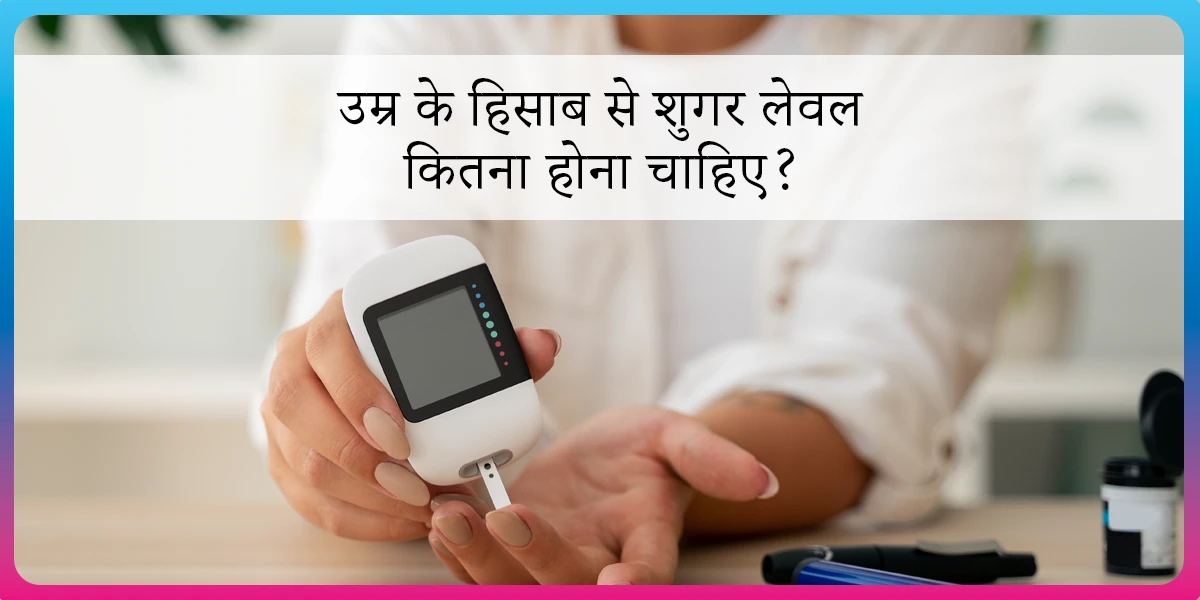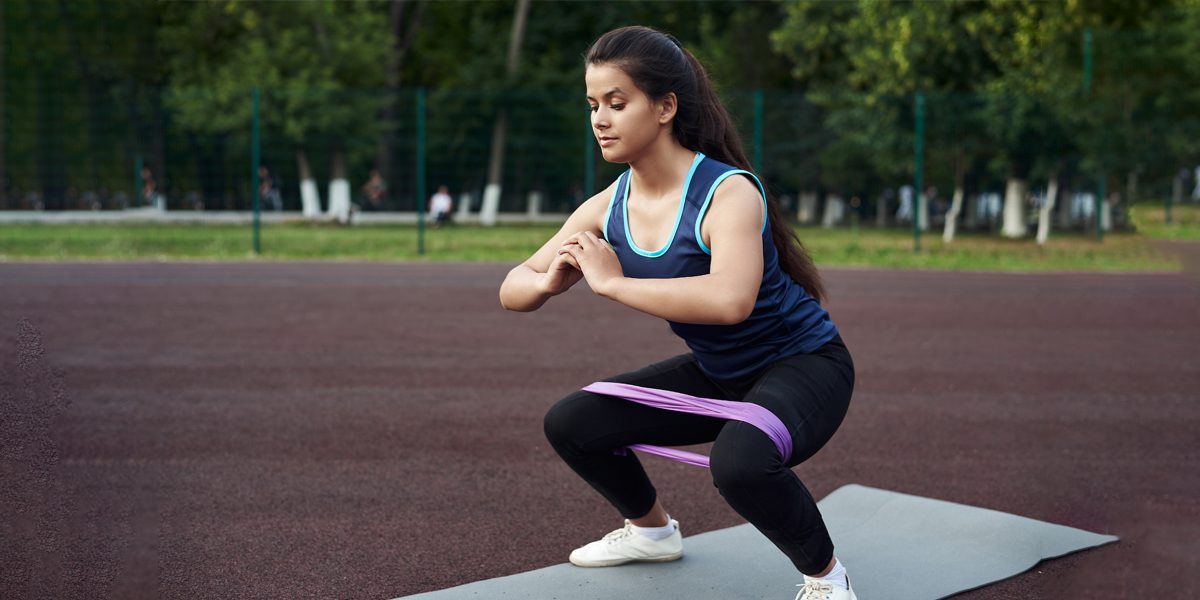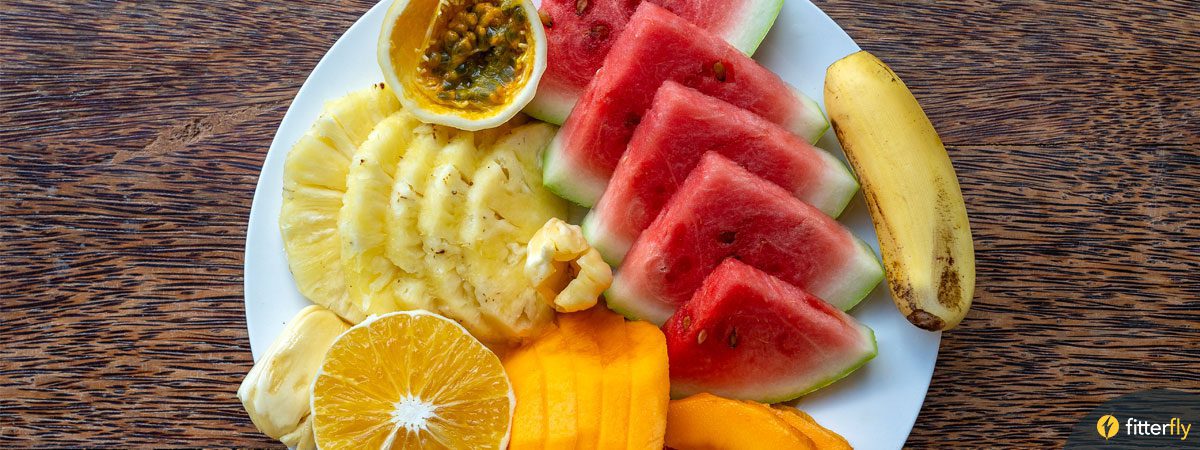Carbohydrates and Diabetes: Managing Your Blood Sugar Effectively

We love our carbs! It’s difficult to imagine a day without staples like rice, roti, potatoes, poha, idli, upma, rava, etc., And why not – carbohydrates are the primary source of energy that keeps us up and about the whole day.
People with diabetes often feel this ‘freedom-to-have-carbs’ cut short; they may have to think twice and eat carbohydrates in moderation to prevent a rise in blood sugar. Stay with us today as we explore the intricate relationship between carbohydrates and diabetes and help you manage both effectively.
Understanding Carbohydrates
Carbohydrates are classified into three types: starches, sugars, and fiber. When you encounter the term “total carbohydrates” on food labels, it refers to all of these.
The ideal carbohydrate preparations should be high in fiber, vitamins, and minerals and low in sugar, salt, and harmful fats. Starches, on the other hand, form the main source of energy in our daily lives.
They are essentially complex carbs that may have substantial amounts of fiber, calcium, and B vitamins, all of which are beneficial to our health.
Carbohydrates become crucial in the diabetes diet as all forms of carbs digest to produce glucose, which directly impacts your blood sugar levels.
Carbohydrates and Diabetes: The Connection
Carbohydrates convert into blood sugar during digestion. When blood sugar levels rise, the pancreas secretes insulin, which causes cells to use or store sugar.
Hours after meals or during fasting, when blood sugar levels fall, hormones signal the liver to release stored sugar. This precise balance keeps blood sugar levels stable.
In the case of type 2 diabetes, the body either cannot make enough insulin or cannot utilize it efficiently to stabilize the blood sugar.
Key Features of Carbohydrates for Diabetes Management
Crucial factors to keep in mind when having carbohydrates are:
1. Portion Control
This plays a pivotal role in the control of blood sugar and weight management. It is alright to have carbs every day, but only as part of a balanced diet.
Make sure to follow the diabetes diet as suggested by your diabetologist/dietician. It’s best to combine carbs with adequate portions of proteins like dal, paneers, etc., and vegetables for enough fiber and essential minerals.
2. The Type of Carbohydrate and GI (Glycemic Index)
GI is a value that tells you how fast the blood sugar levels rise after the consumption of food. This determines how fast the blood sugar will rise after meals and is an important factor for diabetes control.
Carbohydrates with a low GI are ideal for managing blood sugar. Choose less processed versions of carbs that retain the fiber content and slowly raise blood sugar levels after consumption.
A day-to-day example of low GI food includes opting for multigrain whole wheat over maida (refined flour) like roti/bhakri instead of bread, having a wholesome bowl of dal and sprouts salads with brown rice, having low-GI vegetarian protein sources like rajma and chana curry with white rice, etc.
To know your chances of Diabetes reversal, take the Diabetes Reversal TestDiabetes Reversal
Calculator
3. The Method of Taking Carbohydrates
It’s also important to understand the way you are taking the carbohydrates. Here are a few simple examples to help you understand:
- Fruit juices are not advisable for diabetes. Despite being a common breakfast beverage, these lack the fruit’s vital fiber content, which produces a significant increase in blood sugar levels quickly. To preserve the fiber content, picking whole fruits instead is preferred over squeezing the fruit to make juices and blends.
- Whole wheat puris and samosas are still unhealthy and no better than their ‘maida’ varieties, because of the liberal amounts of oil, ghee, and butter in them.
4. Strike the Correct Food Combination
We do not recommend completely saying no to your favorite idlis, upma, pongal, potatoes, etc. Remember to eat them in moderation, as advised by the physician, and combine them with low GI, high protein, and high fiber accompaniments like sambhar, sundal, eggs, or curd
For instance, make your potatoes into a mixed-vegetable curry and savor it with a bowl of dal for lunch.
5. Consistency
Indulging once in a while during festivities and outings is alright. Remember, if you have diabetes, it’s best to decrease the intake of other carbohydrate-containing foods like rotis, rice, and potatoes when you indulge in desserts, sweets, mithai, etc.
For example, if this Dussehra you’ve savored your favorite laddoos, try cutting back on your usual rice and roti in the same meal. Also, be proactive about regular blood sugar monitoring, exercise, and medications for diabetes.
Fittertake
If you are looking to understand carbohydrate consumption and blood sugar levels, then knowing about GI, portion control, and being disciplined about your diet can be helpful. Consider consulting our expert diabetologists and dieticians on Fitterfly’s Diabetes Care Programme to learn when and how to prepare a carbohydrate-friendly diet chart.
You can speak with us by just giving a missed call at 08068507599, and we will get back to you. Together, let us make the journey towards healing from diabetes more healthy and enjoyable.
This blog provides general information for educational and informational purposes only and shouldn't be seen as professional advice.
Reduced HbA1c by HALF in 6 months


Happy members
EMI
Guarantee
4.8/5
Diabetes Prime Program




















